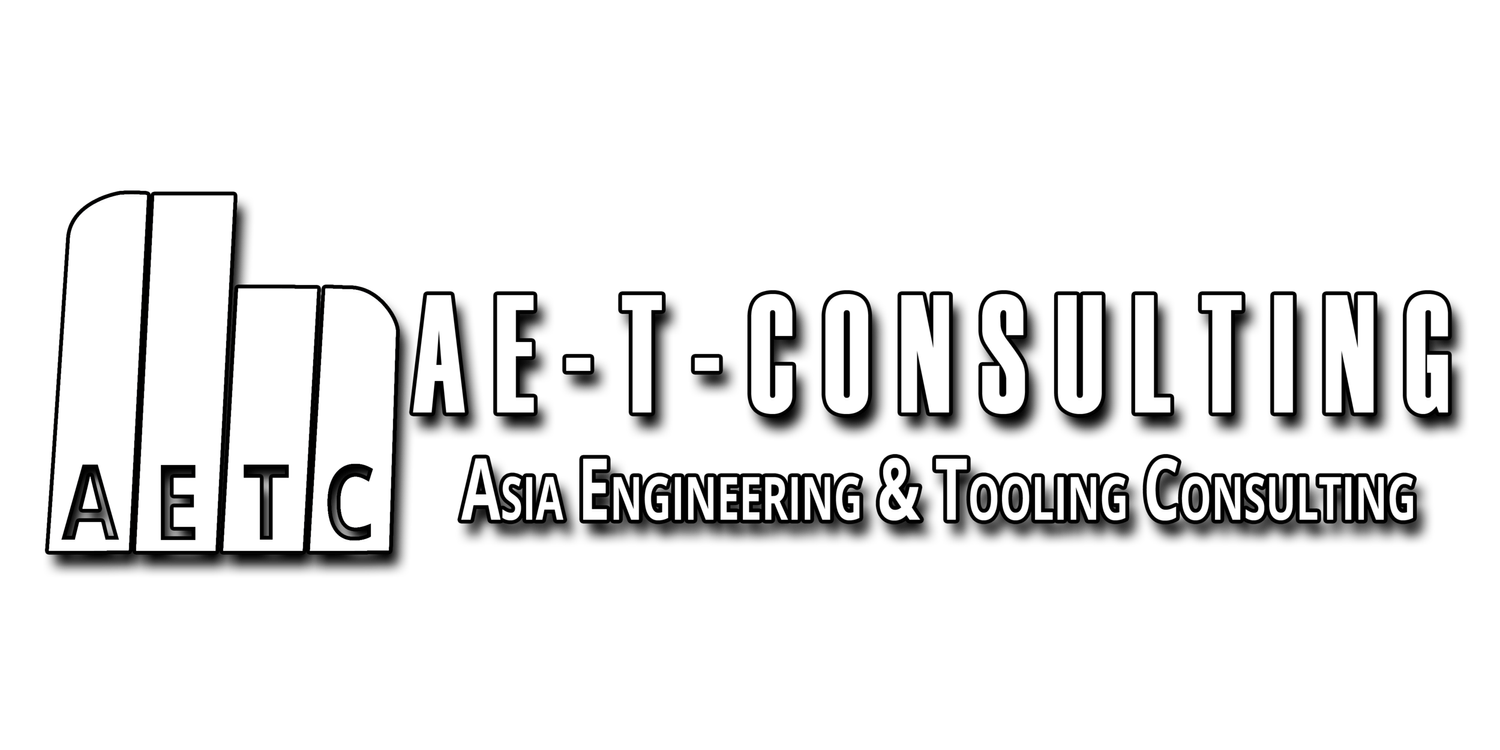Prototypes
If you are looking for installation or assembly tests for mechanisms with realistic load cases we have you covered as well! Silicone tools or STL rapid prototyping parts are not suitable for such types of testing. We offer the advantages of steel tools also in prototyping. These do not have to be expensive as you will see in our quotations. In fact, you will probably suspect a calculation error in our offer!
Nowadays engineers have an enormous range of processes for the production of prototypes at their disposal. The current methods of rapid prototyping have many advantages in terms of speed and geometric complexity. However, upon closer examination, there are also disadvantages which will cost more time in the later part of the development process or even a significant reconstruction in the worst case. Two advantages, which are often quoted in comparison to steel tools are of course lead time and tool costs. But is this really true?
Time
As in up to date engineering methodology which focuses on the system instead of the component, the "development time" for one or more prototypes also needs to consider the entire development process, not just the time span from order allocation to the delivery of 1 to 100 (or less) samples.
Important considerations include:
- What use case is the prototype part for? What can I do with it?
- How close to production parts are samples in terms of material (stiffness, chemical, physical and thermal properties), surface structure (roughness, structure, etc.), subsequent processes (surface treatment, application of adhesives and weldability), etc.?
- Does the prototype present a realistic tolerance field or are all parts perfect?
- Am I able to learn and draw conclusions for the final tool design (mold release, warping, location of dividing lines and burrs, injection points, challenges filling such as cavities or air bubbles and streaks in transparent parts)?
Our prototyping tools made of steel can usually be produced in less than 4 weeks from order placement, which means that the prototypes are in your hands in less than 5 weeks. The prototypes:
- Are made of your final material which is intended for mass production.
- Show all features of the serial part (see questions 2, 3 & 4).
- Not bound to a specific shot quantity. You decide whether 1, 100 or more than 10,000 samples/parts are to be produced in any number of lots. You have the freedom to change the quantity mid project or order a small series of up to 50,000 pieces after evaluating initial samples
- Can be used as a serial part. If these parts pass your laboratory testing, fit and function or assembly tests, then production parts will do the same and there is no need to re-test everything.
Save yourself the time of classical iterative approaches with multiple prototypes of increasing serial maturity and repeated attempts.
Tool Cost
Development costs need to be viewed holistically as well. The comparatively low tool costs for prototype tools at AE-T-Consulting are extremely competitive with regard to quality, flexibility and number of intended parts (including tool modifications). This is not even taking into account the possibility of following up trials with a small batch production run. Less iterations up to serial production also reduce your laboratory time and capacity costs. This is not possible with silicon molds.
Compare yourself, ask us for a prototype tool for your design and we will make you an offer. Please find our contact form under the next section.
Small Series Production
We refer to small series as the production of serial components in small numbers. The steel tools we use have a quality level comparable to regular series tools, but the limitation of the piece quantity allows us to offer you the components directly (without a transferable tool) in order to be even more flexible to your needs.


